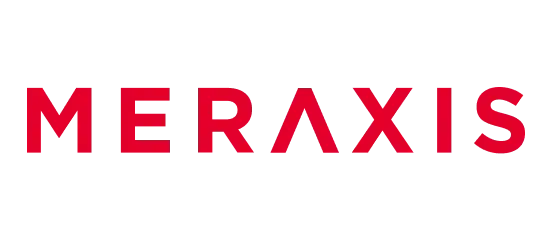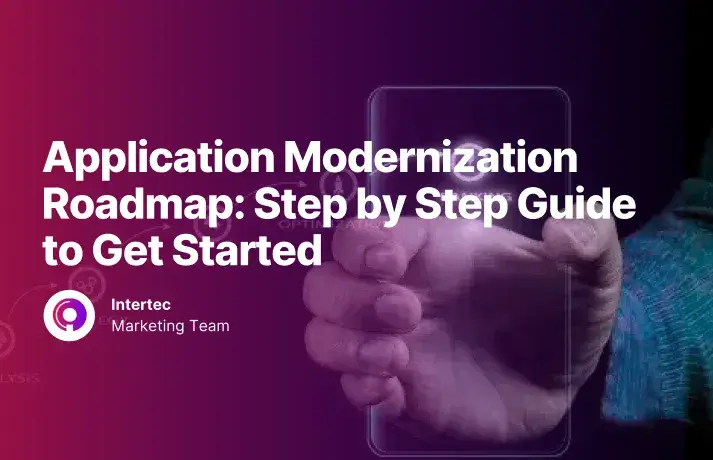Cloud Migration vs. Modernization - What’s the Real Difference?
Let’s start with clarity. Cloud migration is the process of moving applications, data, and workloads from on-premises infrastructure or legacy environments to cloud services like AWS, Azure, or Google Cloud. It’s about shifting your existing applications into a new, more flexible cloud architecture.
Cloud application modernization, on the other hand, focuses on re-architecting and optimizing those applications to fully benefit from cloud computing. It uses cloud-native design principles - like microservices architecture, containerization, and serverless computing - to improve scalability, agility, and operational efficiency.
Gartner predicts that by 2027, more than 90% of organizations will adopt hybrid-cloud architectures to enhance agility and reduce time to market.
Here’s the key:
- Migration moves your systems.
- Modernization improves them.
Migration may reduce costs temporarily, but modernization drives innovation and business continuity. In short, it’s the difference between moving and evolving. We’ve explained it all in detail in our previous ‘Application Migration and Modernization Explained’ article.
When Migration Alone Is Enough (for Now)
Not every organization needs to modernize everything right away. Sometimes, lift and shift migration is the most practical step.
If your main goal is to exit a data center, reduce hardware expenses, or improve reliability quickly, migrating applications “as-is” to a cloud infrastructure works fine. This is especially useful for traditional applications that still serve their purpose without major bottlenecks.
When migration alone works:
- Your legacy applications are stable and still meet user needs.
- You want to reduce operational overhead from maintaining on-premises environments.
- You need quick access to cloud resources and managed services.
- You lack time or capacity for a full modernization effort.
This approach helps most organizations achieve immediate cost optimization. However, think of it as a first step in your application modernization journey - not the final destination. Migration provides the foundation for later app modernization and cloud strategy refinement.
When It’s Time to Modernize Your Cloud Applications
Eventually, migration without modernization hits a ceiling. You might notice scaling issues, slower releases, or integration challenges. That’s when cloud application modernization becomes necessary.
Signs you’re ready to modernize:
- You’re struggling to modernize legacy applications that can’t handle newer technologies.
- Your monolithic applications are slowing down development.
- You need to innovate faster and release new features quickly.
- Your current setup limits the use of hybrid cloud environments or multi-cloud strategies.
- You face performance, compliance, or security gaps.
Modernization means breaking monoliths into microservice architectures, enabling container orchestration with tools like Kubernetes, and using Infrastructure as Code (IaC) for consistent deployments across hybrid cloud or private cloud environments.
According to data, organizations that modernize see up to 40% faster development cycles and 30% lower operational costs. By rethinking application code and business processes, you gain improved performance, reduced risk, and high availability across systems.
From Migration to Modernization - A Phased Path to Long-Term Value
We’ve learned that modernization is the process that builds on migration - it’s not a separate project but the next logical step.
Here’s a simple roadmap for cloud app modernization:
1. Assess
Identify which organization’s applications to migrate or modernize. Analyze dependencies, legacy modernization needs, and other systems affected. Use discovery tools to measure modernization complexity.
2. Migrate
Move workloads from on-premises applications or on-premises infrastructure to a cloud environment using lift and shift or re-platforming. Use Infrastructure as Code for automated deployment and consistent environments.
3. Modernize
Re-architect applications using microservices, scale containers, and implement cloud-native and serverless computing patterns. This improves scalability and reduces operational overhead.
Modernization strategies here often include rehosting, replatforming, refactoring, and rebuilding - depending on business goals and architecture.
4. Optimize
Once modernized, continuously monitor cloud applications and apply cost optimization strategies. Use managed services to automatically scale, improve observability, and maintain business continuity.
Modernization Journey at a Glance
Stage | Goal | Approach | Example technologies |
Assess | Identify apps for migration/modernization | Dependency mapping, performance audit | CAST Highlight, Azure Migrate |
Migrate | Move workloads to cloud | Lift and shift, Infrastructure as Code | Terraform, AWS CloudFormation |
Modernize | Re-architect for agility | Microservices, Containers, Serverless | Kubernetes, Docker, 12-Factor Apps |
Optimize | Reduce cost and risk | Cloud cost optimization, monitoring | Prometheus, CloudWatch, Datadog |







